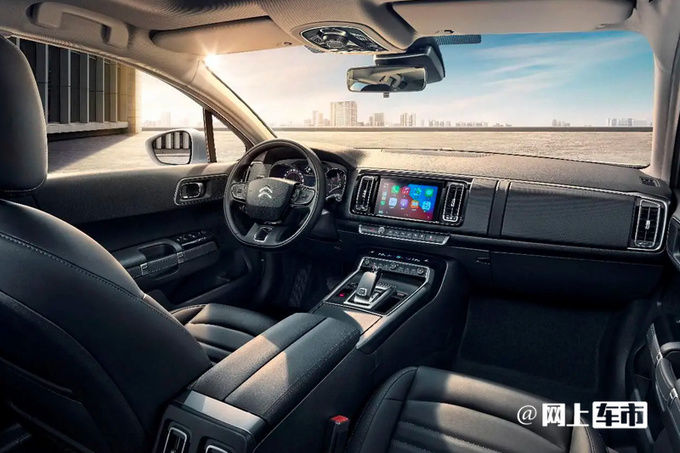[Citroën at the end of the world] Citroën C6: A second life in China, between tradition and modernity
- Jérémy

- Aug 24
- 2 min read

The final article in this series on Citroëns from around the world focuses on a large sedan that unfortunately wasn't sold in Europe. After a first generation that made a lasting impression from 2005 to 2012, the Citroën C6 is enjoying a second life in China, specifically responding to strong consumer demand for high-status vehicles. This iteration, exclusively assembled and sold on the Chinese market, embodies a renewed approach to the grand tourer by the chevron brand, tailor-made for local expectations.
Genesis of an exclusive model and strategic positioning
The Chinese Citroën C6, sometimes even identified under the Dongfeng Fengshen A9 designation, was the result of a strategic collaboration with the Chinese manufacturer Dongfeng Motor, within the Dongfeng Peugeot-Citroën Automobiles joint venture. The first sketches of this new model were unveiled in early March 2016, before a more in-depth presentation in China on April 12 of the same year, culminating with its official appearance at the Beijing Auto Show on April 25. Based on an extended platform of the first-generation Peugeot 508, the Chinese C6 was designed to offer increased space and comfort, essential for the luxury sedan segment in China. Aesthetically, its exterior style, though modern, is decidedly more classic and consensual than that of its European predecessor, which was bold and avant-garde. This orientation aimed to attract Chinese clientele who prefer stately discretion to stylistic extravagance. Inside, the cabin was conceived in the spirit of Citroën vehicles of that era, seeking to combine refined finishes with intuitive ergonomics, all enhanced by quality materials, thus creating an atmosphere that is both welcoming and functional, reputed for being particularly well-designed and constructed.

Powertrains and evolutions: under the hood of the chinese C6
The production of the Chinese Citroën C6 spanned from 2016 to 2024, with a total of 33,406 units assembled in Wuhan, People's Republic of China. Under its hood, the grand tourer was equipped with 4-cylinder in-line petrol engines, notably 1.8 THP units. These engines offered varying power outputs, ranging from 167 to 211 horsepower, allowing the C6 to deliver respectable performance and a smooth ride. Power was transmitted via a 6-speed automatic gearbox, coupled with front-wheel drive, prioritizing driving comfort and efficiency over long journeys, qualities appreciated in the Chinese market. While specific information on its evolutions over the years is limited, it is common for models intended for specific markets to receive minor aesthetic or technical updates to remain competitive and meet local standards.
Despite its ambitions and a design conceived for the Chinese market, the second-generation Citroën C6 unfortunately did not achieve the expected success. Quickly eclipsed from sales rankings by fierce competition and the rapid evolution of Chinese consumer preferences towards SUVs, it struggled to establish itself as a major player in the premium large sedan segment. Although it still appears to be marketed, its presence in the market has become more discreet. This commercial trajectory highlights a persistent difficulty for Citroën: despite a rich and legitimate history in the high-end and stately segments, the brand is struggling to fully convince customers in this category, even in specific and promising markets like China. Optimism remains, however, regarding Citroën's ability to innovate and regain its distinctive place in the global automotive landscape.






Comments